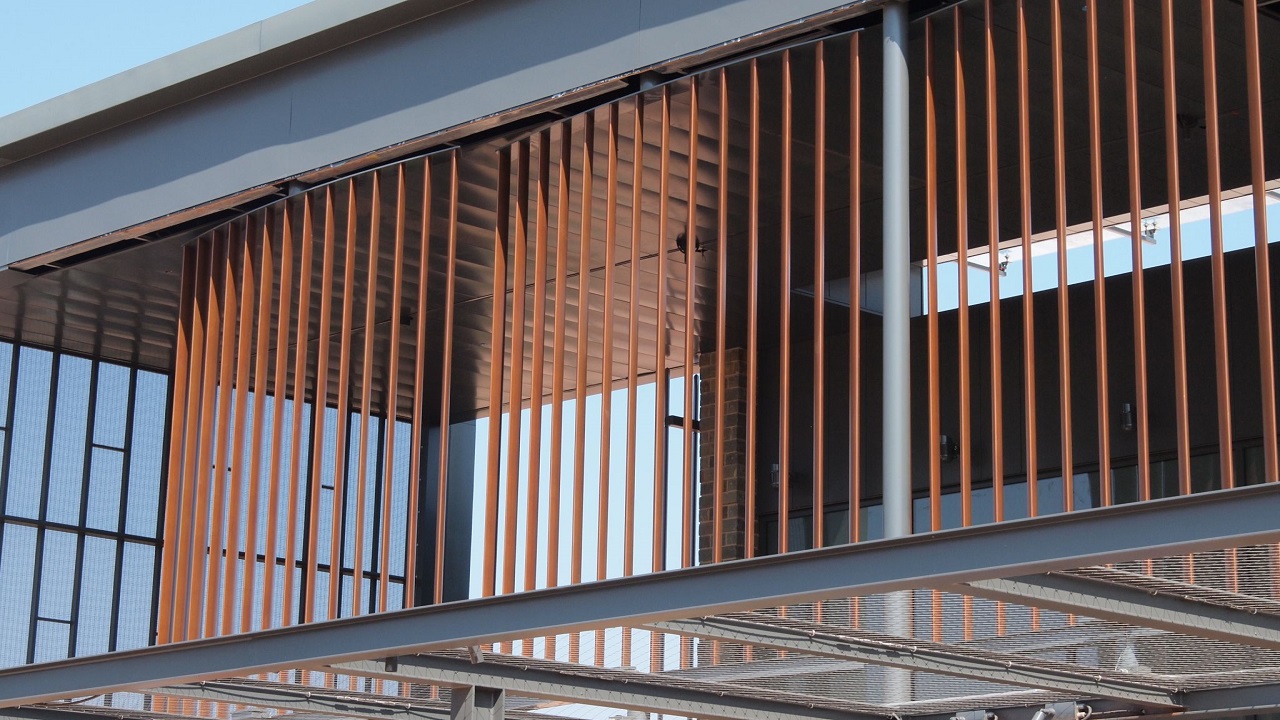Exterior louvers are more and more becoming a dominant part of today’s architectural designs, valued for their capacity to combine aesthetics with realistic functionality. These innovative components play an important part in improving building's overall performance, from enhancing air flow to reducing power consumption. Let's get to know how exterior louvers can increase your architectural design efficiency and meet your diverse needs.
What Are Exterior Louvers?
Exterior louvers, also known as architectural louvers, are systems that feature angled slats or blades. These slats may be fixed or adjustable, bearing in mind the regulation of airflow and light penetration while imparting protection from particles such as dust. Typically made from long lasting materials like aluminum, exterior louvers are designed to withstand harsh climate conditions and provide long lasting performance.
Superior Ventilation and Airflow Management
Exterior louvers play a critical role in improving any building’s air flow management. Designed with angled slats, these louvers permit for sufficient air circulation, making sure of a comfortable indoor environment whilst decreasing energy consumption. By efficiently regulating airflow, exterior louvers contribute to a building's sustainability and comfort factor.
Optimizing Air Circulation
One of the major features of exterior louvers is to facilitate advanced air flow. By permitting air to circulate freely, louvers help hold comfortable indoor surrounding, particularly in warm climates. The layout of louvers guarantees that as air flows inside and outside, rainwater and particles are kept at bay at the same time, making them perfect for various types of buildings.
Reducing Energy Consumption
Effective air flow furnished by exterior louvers reduces the reliance on air conditioning structures, leading to large energy savings. By regulating indoor temperatures naturally, louvers assist in lowering power bills and make a contribution to a building’s overall sustainability. This makes them a smart alternative for eco-conscious architects and developers.
Applications of Exterior Louvers
Exterior louvers are versatile elements in architectural design, offering functionality and aesthetics. Commonly used in building facades, windows, and roofs, they provide effective sun shading, natural ventilation, and weather protection. Additionally, exterior louvers are often employed in mechanical rooms and parking structures to conceal equipment while maintaining airflow. Their adaptability makes them suitable for both residential and commercial projects, enhancing the efficiency and visual appeal of various structures.
Commercial Buildings
In commercial buildings, exterior louvers optimize the building’s power efficiency and offer a modern, professional appearance. They are generally used in office complexes, retail areas, and public buildings to enhance ventilation, control light, and enhance overall aesthetic appeal.
Residential Projects
For residential projects, exterior louvers offer owners increased privacy, better management over natural light, and decreased energy prices. They are ideal for houses in warm climates in which natural air flow is crucial. The aesthetic versatility of louvers additionally complements numerous domestic designs.
Conclusion
Exterior louvers are critical parts of modern architecture, supplying an excellent mixture of capability and aesthetics. They improve the building overall performance with the aid of enhancing ventilation, lowering electricity consumption, and imparting safety from the elements. Additionally, their customizable design alternatives allow architects to create visually attractive facades that stand out. Explore the variety of exterior louvers available at Alumideas and find out how these innovative solutions can transform your architectural projects, ensuring both performance and elegance.


